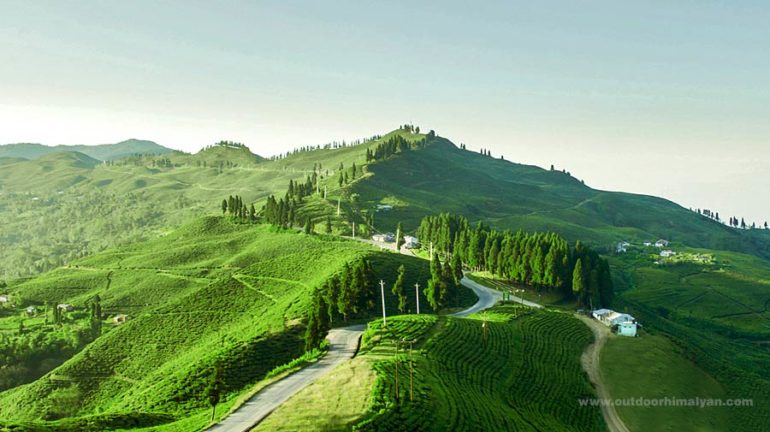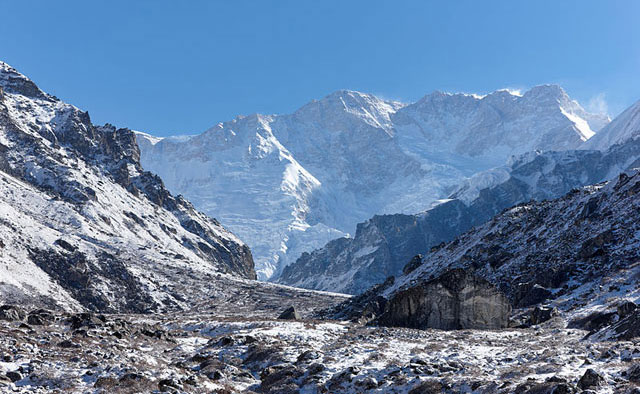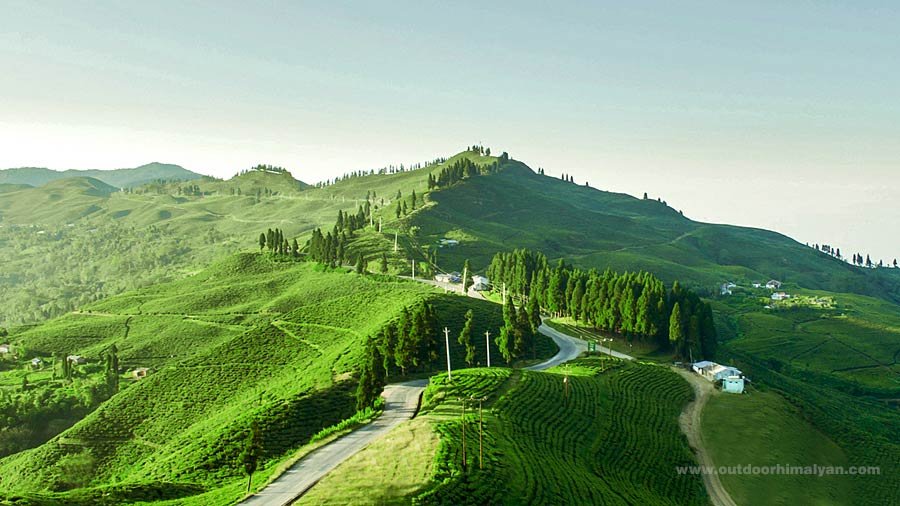
9 Mar 2018 Outdoor Himalayan
Blog-Explore Ilam-The Hill Shangri-La of Eastern Nepal. Ilam, a hilly district of eastern Nepal, evokes a picture-perfect image of a hill Shangri-La with its misty hilltops, its lush tea plantations, and its forests brimming with a surprising diversity of flora and fauna. But you will uncover its repute as a top tourist destination in Nepal only after you add the diversity of indigenous cultures and the infectious smile of its friendly inhabitants.
In Ilam, you can choose to spend a short break with full repose in the middle of the perfect tranquility of the environment in one of its tea gardens. Alternatively, you may plan for a long trek into the foothills of the world’s third-highest mountain, Kanchenjunga. Either way, you will discover the attractions of idyllic Nepal that combine the best of nature and age-old, untouched ethnic cultures.

Facts about Explore Ilam-The Hill Shangri-La of Eastern Nepal
Area: 658 square miles
Altitude: 600 to 3700 meters (approximately)
Chief Tourist Destinations: Kanyam and Fikkal tea estates, Antu Danda, Sandakpur, Mai Pokhari, etc
Geography: Dominated by hills
Tea and Tourism: Twin Pillars of Ilam Economy
Ilam, more popular internationally for the unique flavor and aroma of Ilam tea than for its natural splendor and cultural richness, is yet to be explored as an equally palatable tourist hotspot. Locally at least, tea and tourism have combined very well. Take, for example, the historic tea estates of Fikkal and Kanyam. They provide a picturesque setting for the hordes of picnickers to enjoy their delicacies; a perfectly romantic backdrop for the couples; fresh and refreshing air to those who climb here to escape the heat of the plains in the south.
Ilam occupies the bulk of the tea produced in entire Nepal, as the tea plantation here started way back in 1863 AD. Unlike the majority of hilly districts of Nepal, the agro-economy has developed a lot here, based on a variety of other agro products as well, including potatoes, milk, cardamom, ginger, broom grass, and ground chilies.
These products often make for the local agro identity of Ilam as the producer of six “a”s, as all these products’ local names start with an aalu, olan, alainchi, aduwa, amriso, and akabare khursani respectively. This famous sestet excludes tea, but statistics put more than 130 acres of land here under the tea plantations. The area is to be reckoned with, considering the total land surface of 658 square miles the district covers. Its elevation ranges roughly from 600 meters to 3700 meters from sea level.
Tourist Hotspots of Ilam: Scenic Hilltops and Lakes
Like other hilly districts of Nepal, Ilam displays a topography of undulating hills, farmlands, forests, fountains, streams, and settlements all woven into a good harmony. A number of its hilltops offer a breathtaking panorama of its surroundings and the Himalayas in the north, including the awesome view of Mt Kanchenjunga. Antu Danda (also known as Shreeantu) and Sandakpur top this list.
The former commands good views of Kanchenjunga and Mt Everest, and you have to be on its top early morning if you want to enjoy the sunrise of your lifetime! The Himalayan vista from Sandakpur that borders Darjeeling of India is even broader, encompassing Mt Makalu and Mt Lhotse. Siddhi Thumka and Chhintapu stand in lesser fame, but they lie within comfortable hiking distance from Ilam Bazaar, the district’s headquarters.

However, majestic hilltops alone do not top the tourist attractions here. Mai Pokhari, a mysterious star-shaped lake laden with myths and legends is a must-visit place for the Hindus of Nepal and India. Take the myths and legends apart, you can still enjoy a visit to this Ramsar-listed lake for its emerald water, and the surprising variety of birds that live around and visit the lake. Located 13 kilometers north of Ilam Bazaar, the thick forests surrounding it, the serene air, and its crystal clear water give it an unmistakably holy aura.
TAGS: Eastern Nepal Ilam

